Federated Health Charities’ mission is to improve the health and quality of life of all Ontarians by supporting 21 different health charities providing critical services to those experiencing, or affected by, illness. We believe education and prevention are key parts of supporting the health of our communities, so our weekly Health Hint series strives to provide tangible and easy to implement hints and tips on how to maintain your health, prevent disease, and enjoy increased quality of life. Check out our latest Health Hint on bleeding disorders. We hope you find it helpful. If you would like to join our efforts to support the health of Ontario, please consider a donation to Federated Health Charities.
Bleeding disorders are diseases that, unless you have personally affected by one or know someone who has, can have a lack of knowledge surrounding them. Many people don’t know exactly what they are or how they impact those who live with them. Today we will provide a brief introduction to what they are, how someone can get one, and the impacts of the disease.
What is a bleeding disorder?
The term bleeding disorder refers to a family if diseases, sort of an umbrella term. We will get into the different types of bleeding disorders shortly, but first we will define what a bleeding disorder is. A bleeding disorder is when “blood proteins or platelets that help the blood to clot are missing or do not function properly, resulting in prolonged bleeding” (Hemophilia Ontario, 2022).
How does someone get a bleeding disorder?
Bleeding disorders are, in most cases, inherited genetically from the parents. In some cases, though, they can appear spontaneously, and in even rarer cases, they can be acquired (Hemophilia Ontario, 2022).
Types of bleeding disorders?
There are five different types of bleeding disorders:
-Hemophilia (Type A and B): According to Hemophilia Ontario, Hemophilia affects approximately 1 in 10,000 people. “People with hemophilia do not have enough clotting factor VIII or IX in their blood. As a result, they can bleed for longer than normal. Carriers of Hemophilia can also experience similar bleeding patterns and require treatment.” (Hemophilia Ontario, 2022)
-Von Willebrand Disease: Also known as VWD, is the most common type of bleeding disorder and it impacts approximately 1 in 100 people. There are three different types of VWD (1, 2, and 3) which can be either mild, moderate, or severe. “People with VWD have a problem with a protein in their blood called von Willebrand factor (VWF) that helps control bleeding. People with VWD do not have enough VWF, or it does not work the way it should. It takes longer for blood to clot and for bleeding to stop.” (Hemophilia Ontario, 2022). Many cases of VWD go undiagnosed due to lack of knowledge in the healthcare field.
-Rare Factor Deficiencies: “Rare clotting factor deficiencies are disorders in which one of several clotting factors is missing or not working properly.” (Hemophilia Ontario, 2022)
-Platelet Function Disorders: “Inherited platelet disorders are conditions in which platelets don’t work the way they should, resulting in a tendency to bleed or bruise.” (Hemophilia Ontario, 2022)
Impacts of a bleeding disorder.
The primary problem for those living with a bleeding disorder is that the blood clotting process does not work as it should. This results in bleeding lasting longer as the body is unable to clot effectively to stop the bleeding (CDC, 2020). Additionally, those with bleeding disorder can experience spontaneous internal bleeding in their muscles, joints, and other part of their bodies (Hemophilia Ontario, 2022). Internal bleeding poses the most substantial risk for those living with this disease.
Treatment for bleeding disorders?
According to the CDC:
“The best way to treat hemophilia is to replace the missing blood clotting factor so that the blood can clot properly. This is typically done by injecting treatment products, called clotting factor concentrates, into a person’s vein. Clinicians typically prescribe treatment products for episodic care or prophylactic care. Episodic care is used to stop a patient’s bleeding episodes; prophylactic care is used to prevent bleeding episodes from occurring. Today, it’s possible for people with hemophilia, and their families, to learn how to give their own clotting factor treatment products at home. Giving factor treatment products at home means that bleeds can be treated quicker, resulting in less serious bleeding and fewer side effects.” (CDC, 2020)
Support for bleeding disorder?
If you are in Ontario and have been diagnosed with a bleeding disorder you can connect with Hemophilia Ontario, whose mission is to strive to improve the health and quality of life for all people with inherited bleeding disorders, and to find a cure. Hemophilia Ontario provides supportive programs, education, financial support and more.
We hope you enjoyed our latest Health Hint!
Related Articles
Health Hint! – An Introduction to Anxiety
Health Hint! – Early Detection Signs: An Introduction
Introduction to a Gluten-Free Diet – Health Hint!











